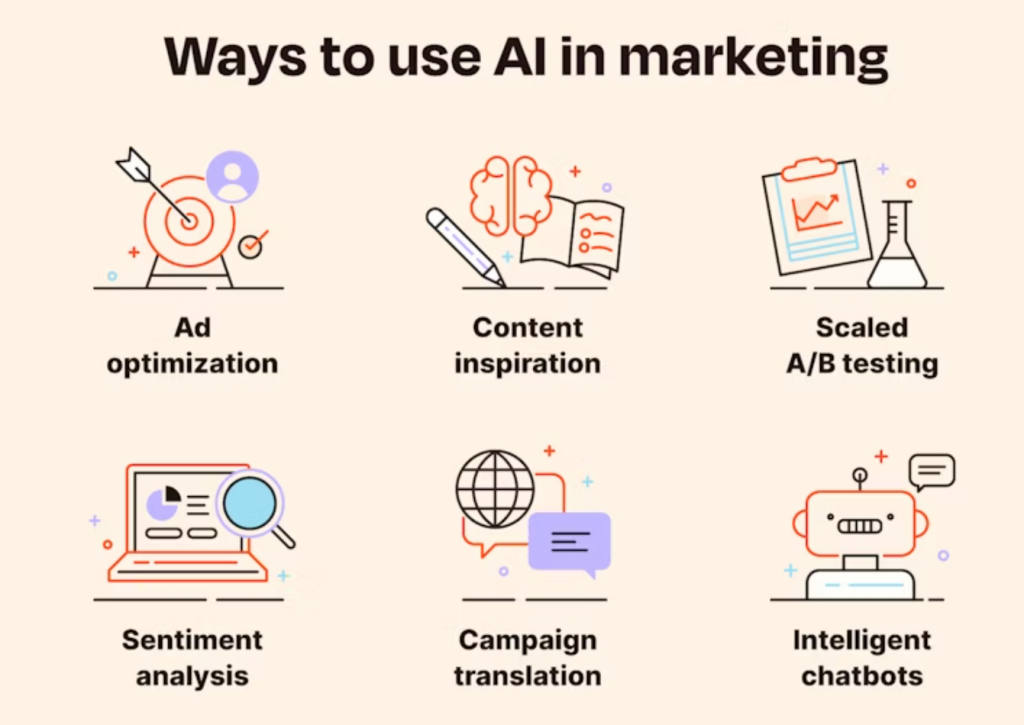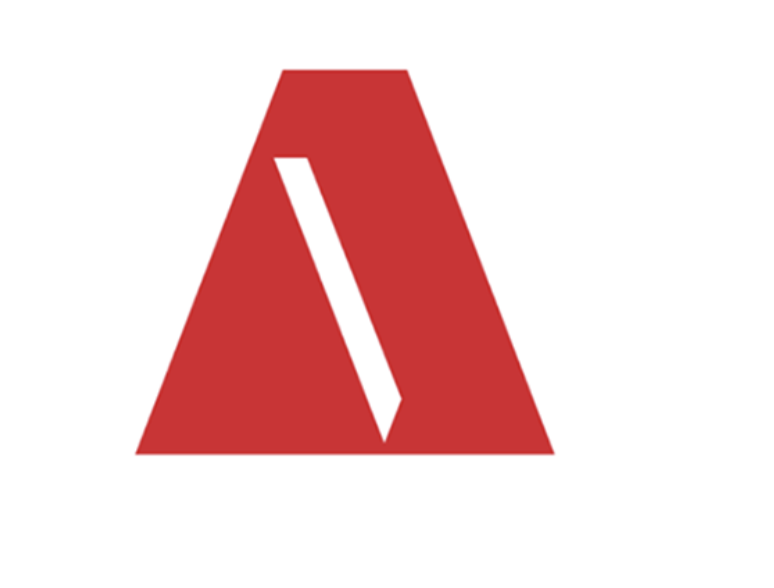- Services
- Artificial Intelligence Development
- Deep Learning & Neural Network Development Services
- Professional Machine Learning Development Services
- Enterprise Computer Vision Development Services
- Enterprise Natural Language Processing Development Services
- Chatbot & Conversational AI Development Services for Business
- Enterprise Computer Vision Solutions For Healthcare
- Transformative Healthcare AI Development
- Retail & E-commerce AI Solutions for Personalization & Growth
- AI Integration & MLOps Development Services
- AI Agent Development & Intelligent Automation
- Generative AI Solutions
- Outsourced Product Development
- Custom Software Development
- Software Customization & Integration
- Mobile App Development
- Custom Application Development
- Software Architecture Consulting
- Enterprise Application Development
- AI-Powered Documentation Services
- Product Requirements Document Services
- Artificial Intelligence Development
- Industries
- Healthcare Software Development
- Telemedicine Software Development
- Medical Software Development
- Electronic Medical Records
- EHR Software Development
- Remote Patient Monitoring Software Development
- Healthcare Mobile App Development Services
- Medical Device Software Development
- Healthcare Mobile App Development Services
- Patient Portal Development Services
- Practice Management Software Development
- Healthcare AI/ML Solutions
- Healthcare CRM Development
- Healthcare Data Analytics Solutions Development
- Hospital Management System Development | Custom HMS & Healthcare ERP
- Mental Health Software Development Services
- Medical Billing & RCM Software Development | Custom Healthcare Billing Solutions
- Laboratory Information Management System (LIMS) Development
- Clinical Trial Management Software Development
- Pharmacy Management Software Development
- Finance & Banking Software Development
- Retail & Ecommerce
- Fintech & Trading Software Development
- Online Dating
- eLearning & LMS
- Cloud Consulting Services
- Healthcare Software Development
- Technology
- Products
- About
- Contact Us
Google Launches Pomelli: New Gemini-Powered AI Tool to Help SMBs Scale Marketing Faster

Small and medium businesses (SMBs) face a unique challenge: limited budgets, scarce marketing expertise, and the constant pressure to stand out online. Google’s new experimental AI tool, Pomelli, aims to level the playing field. It promises to turn a simple website URL into a full-fledged marketing campaign – brand identity included.
Here’s what excites marketing experts:
-
Speed & scale: Create on-brand assets in minutes instead of days.
-
Brand consistency at low cost: Even companies without a dedicated designer can generate visuals and copy aligned to their identity.
-
Lower barrier to entry: With fewer tools, fewer platforms, fewer handoffs, the workflow shrinks.
What Pomelli Does (and How)
Here’s a breakdown of the workflow behind Pomelli:
| Step | Description | What it solves |
|---|---|---|
| 1. Brand Profile (“Business DNA”) | You provide your website URL → the tool analyzes fonts, colors, tone, imagery, messaging. | SMBs often skip brand guidelines or do not have formal assets |
| 2. Campaign Ideation | Pomelli suggests campaign themes tailored to your brand; you can also input your own prompt. | Removes blank-page syndrome, cheap brainstorming |
| 3. Asset Generation & Editing |
Quick Facts
-
Currently in public beta for the U.S., Canada, Australia and New Zealand (English only).
-
Aimed squarely at SMBs—traditionally underserved by big-brand marketing automation tools.
-
Built via partnership between Google Labs and DeepMind—merging marketing tech with cutting-edge AI research.
Why Experts Are Watching Closely
-
Tool convergence: Rather than separate tools for copy, design, campaign planning – Pomelli bundles them.
-
Brand automation: The “Business DNA” concept automates what would normally take branding specialists hours (fonts + palette + tone).
-
SMB empowerment: Enables businesses with lean marketing teams to produce high-quality content without huge budgets or agencies.
-
AI-driven creative workflows: Commercial use of generative AI in marketing assets is becoming a standard, not a novelty.
Potential Limitations & Things to Consider
| Factor | Why it matters |
|---|---|
| Website as sole input | If your website is outdated or inconsistent, the DNA profile may mirror older branding. |
| Beta status | As an experimental tool, expect iterations, changes or feature discontinuations. |
| Manual publishing required | Assets may be created, but you’ll still handle posting and scheduling. |
| Creative uniqueness | While the tool is brand-aware, large scale adoption could lead to some normalisation of look and feel. |
The Bigger Opportunity for SMBs
With marketing automation projected to grow and SMBs increasingly expected to produce content at scale, a tool like Pomelli could reshape the marketing stack for smaller organisations. Consider:
-
Many SMBs lack dedicated designers and copywriters; this bridges the gap.
-
For companies whose brand identity was loosely defined, automating its capture and application helps consistency.
-
The time saved can shift from creation to strategy: deciding which campaigns to run, which audiences to target, which metrics to monitor.
Final Take: Is It Worth Trying?
If you run an SMB and are juggling content creation, brand identity, and campaign execution all at once – then yes, this is worth a try. The ease of generating consistent, on-brand assets with minimal manual effort is compelling.
Just keep in mind: it’s not a full marketing stack replacement (e.g., scheduling, analytics, performance optimisation) – but it’s a strong assistant for the front end of the process.
For businesses just starting their content pipelines, or those looking to scale without expanding headcount, Pomelli may be a strategic advantage.
What’s Next?
-
Monitor how Google integrates Pomelli into its broader ecosystem (Ads, Workspace, etc.).
-
Test with a small campaign to see how well the “Brand DNA → Assets” flow works for your brand.
-
Focus on refining website content first – since Pomelli builds off your live site.
-
Budget for asset performance review: AI generation is only half the story; optimisation comes from data.
Recent Posts
- ERP vs CRM vs Custom Platform: What Does Your Business Actually Need?
- The AI Enthusiasm Gap: Bridging Corporate Optimism with Public Skepticism in Enterprise AI Adoption
- The Future of AI-Powered Development: How Cursor Plans to Compete Against Tech Giants
- How Much Does Custom Software Development Cost in 2025? Real Numbers & Breakdown
- AI-Driven Job Displacement: The Workforce Overcapacity Crisis Unfolding Across Global Enterprises

